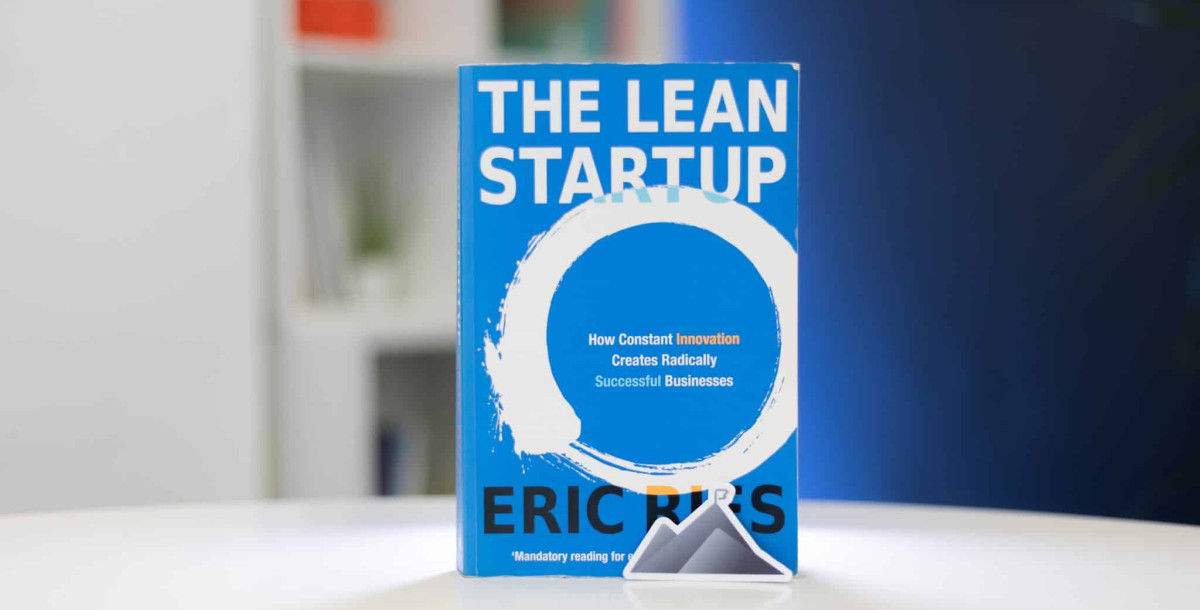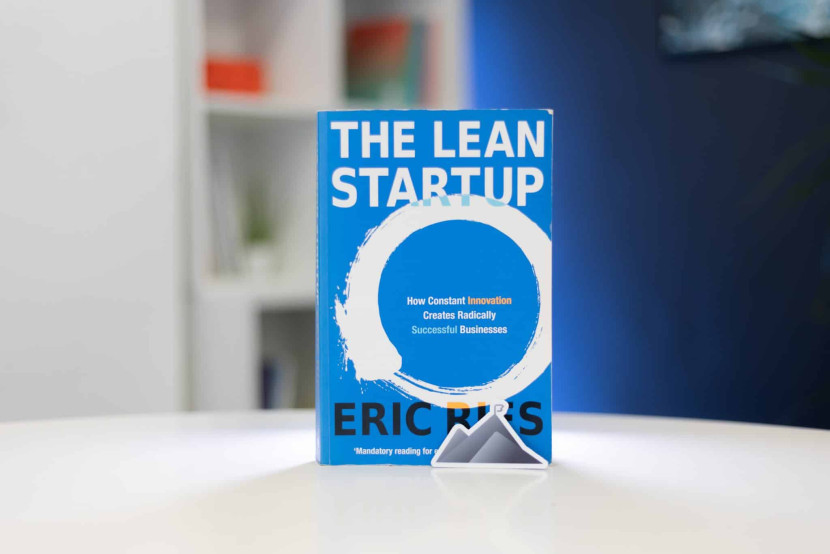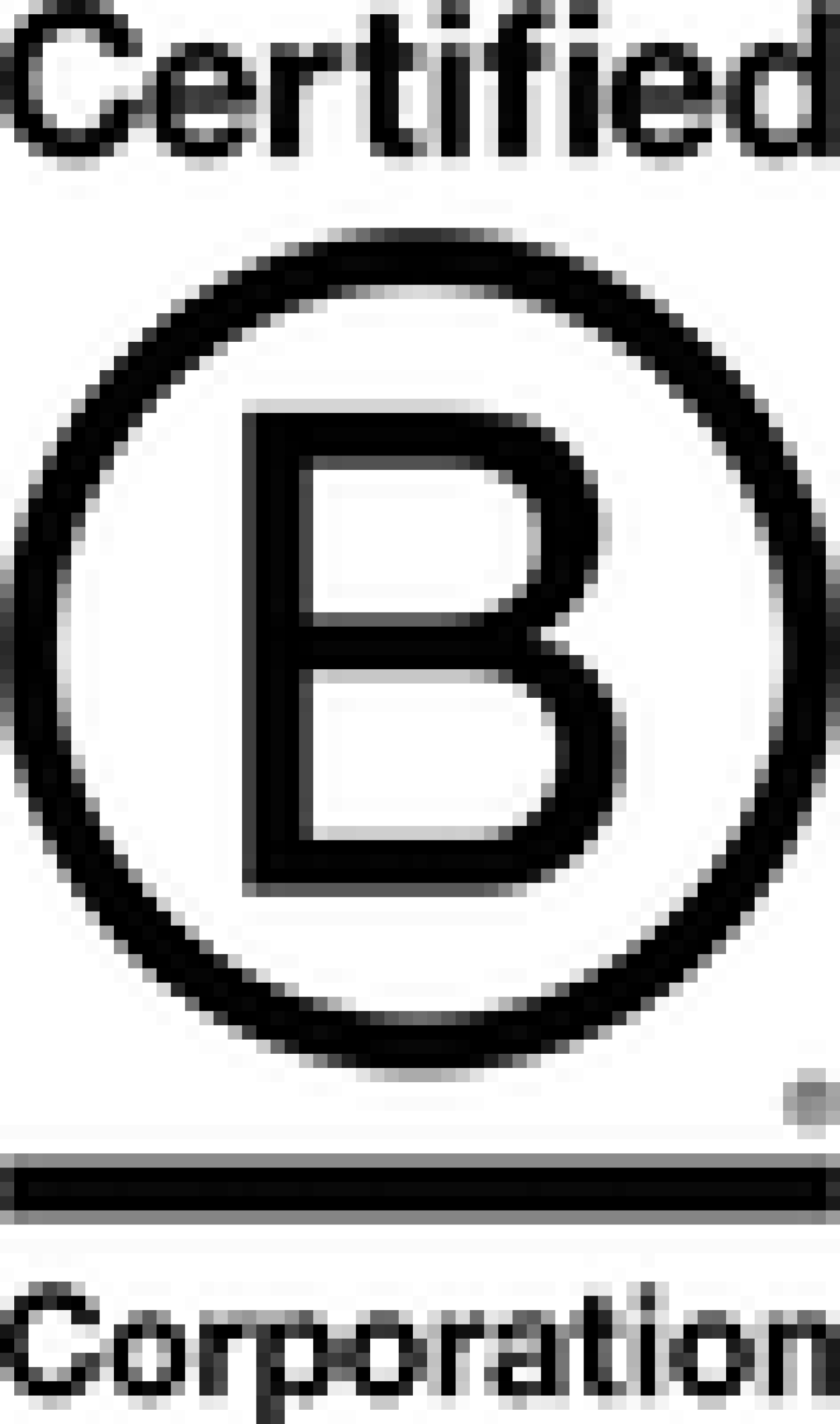The Lean Startup Book Lessons

The Lean Startup is a book that has become famous and popular in the startup community. Written by Eric Ries in 2011, it has helped many entrepreneurs to learn how to build their products and manage their startups better. If you are wondering if this book could help you, keep reading…

One: Start
If you are trying to solve a problem, start with the problem. If you are trying to solve a problem for a specific customer, start with them. If your business requires building for an emerging market or developing new technology, starting with either of those things is good too.
If it helps make sense of what’s most important in your mind right now, try writing down all the important things for getting started into a list, then prioritise them based on how they align with your goals and objectives as an entrepreneur.
Two: Validate
Once you have a hypothesis, the next step is to test it. Validation is the process of testing your assumptions. It’s where you start taking action and getting real data to back up your idea.
Once you’ve validated your idea, you’ll know for sure whether or not there’s an actual market for it—and if so, what that market looks like; how much money they’re willing to spend; whether they want features that you never even considered before; or if they’d prefer something different entirely.
You might be surprised by how much validation can change over time as well: validation doesn’t mean that everything stays static forevermore; sometimes things go wrong (or right!) and need fixing after initial results come in. You may also find that some things just don’t work at all, and perhaps some other ideas will come along too (which we’ll discuss later).
Three: Imagine
The third chapter, Imagine, is about envisioning your product and the market it will reach. The first step in this process is to think about why you’re creating the product in the first place. This can be one of two things: either start with a vision or start by getting specific about how users interact with your product (what they do, who they are).
The second step is to imagine what kind of person will use your product —this should be someone who matches an existing customer base or persona that you already know well. You might also want to consider what needs and desires those customers have, as well as how effectively you can satisfy those needs and desires through your unique offering.
Once these questions have been answered, ask yourself what obstacles exist between your customers and their goal of using this new app/website/remote control for a drone. In other words, what problems does this new tech solve? How does it solve these problems better than other products on the market?
Four: Verify
The fourth step in the lean startup process is to verify that your customers are actually interested in what you’re offering. This can be done through surveys, focus groups or interviews with potential customers.
The easiest way to do this is by creating a landing page for your product and then sending out an email blast to everyone on your mailing list asking them to visit it (if you don’t have one yet, now is the time). Then track the conversion rate of visitors who land on those pages versus how many people click through from other sources (like social media). You’ll be able to see if there’s enough interest there yet. If there isn’t, go back and iterate until you find something that works.

Five: Evaluate
The final step in your scientific method is to evaluate the results of your experiments. It’s important to look back and measure whether you were successful or not and why. This will help you learn from your mistakes and make changes that will improve the experiment next time around, which is exactly what happened with Eric Ries’s first startup attempt!
The Lean Startup is a great book you should consider reading if you have already started your own business, or are thinking seriously about doing so.
It aims to give you the tools, knowledge and mindset needed to make sure that by the time anything goes wrong – if anything does go wrong – then at least there was nothing left undone that could have prevented it from happening.
Wrap Up
The Lean Startup is a good read for entrepreneurs and startup founders who want to make their businesses successful. The book helps you understand the process of how you can validate your idea and also get feedback from your customers before launching it. There are some other important lessons, like building MVPs (Minimum Viable Products) and using various tools such as A/B testing or Google Analytics, which will help you learn how to grow your startup into a big business.
More Articles

Unexpected Entrepreneur spotlight: Howard Schultz
Have you heard about Summit, our new community for Unexpected Entrepreneurs? Summit is the new home of inspiration for Unexpected Entrepreneurs looking to refine their idea or grow their businesses to the next level.

Unexpected Entrepreneurs - Patagonia founder
Yvon Chouinard is the founder of the well-known outdoor brand Patagonia. However, being the founder of a huge business is never something he set out to do - it was an unexpected venture.

The Missing Ps of Marketing Strategy
Growth. As founders we chase it, especially in the early days. Each month and quarter is defined by financial growth. No matter your product or service, saleability and growth is crucial.

